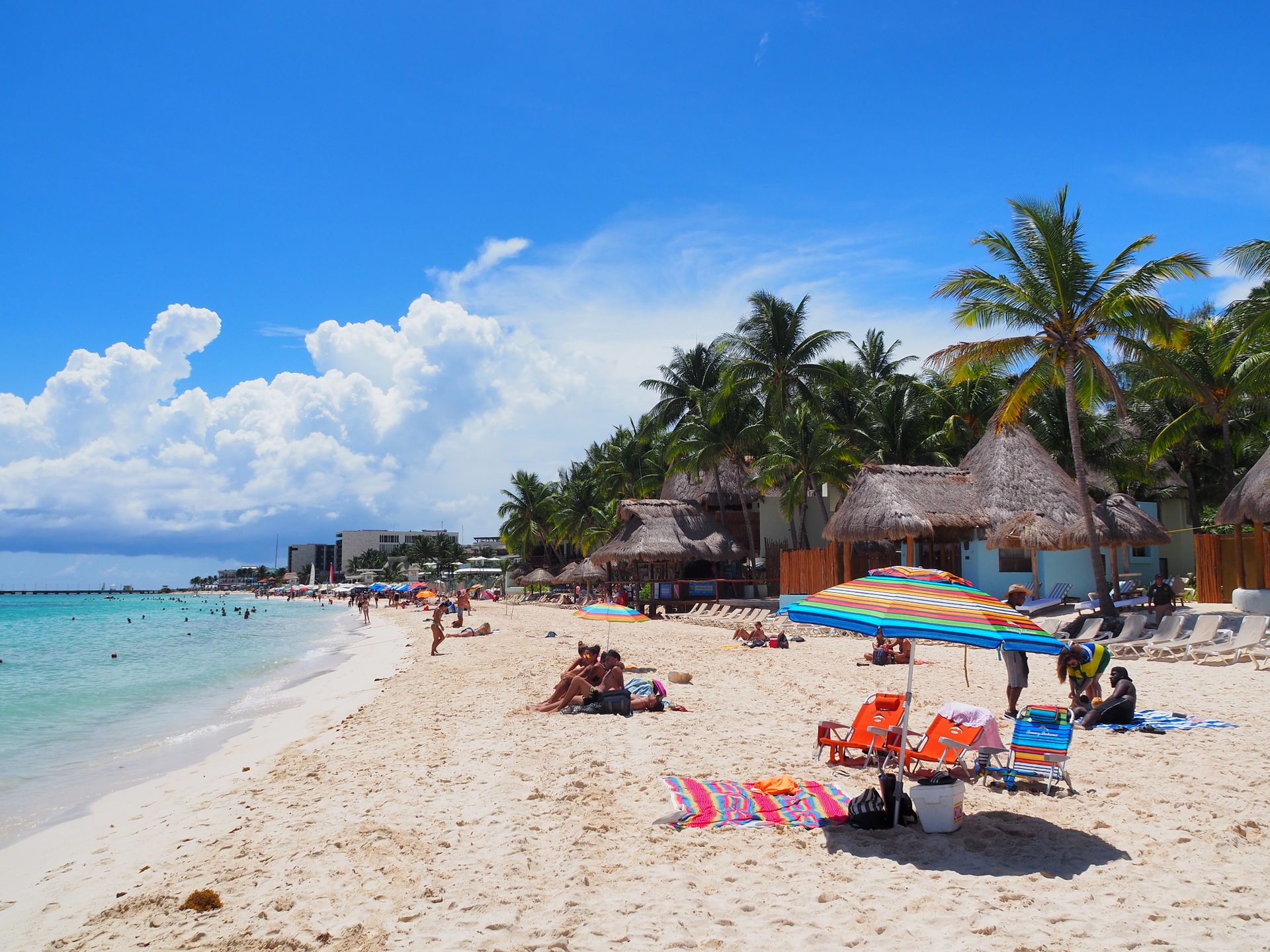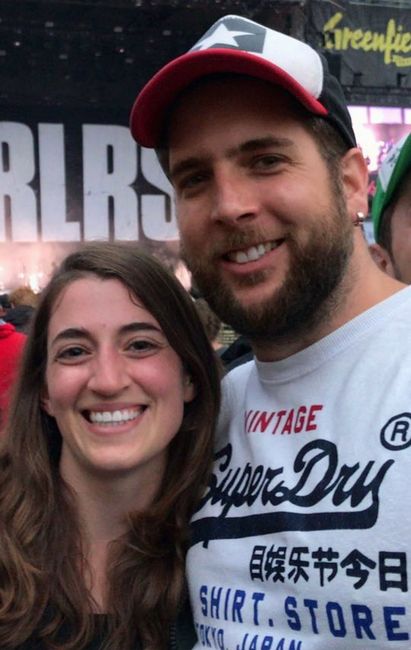
Auszeit - Reise Richtung Osten
vakantio.de/auszeit-reise-richtung-osten
Inle Lake - Naypyidaw - Yangon
Publisert: 23.03.2019
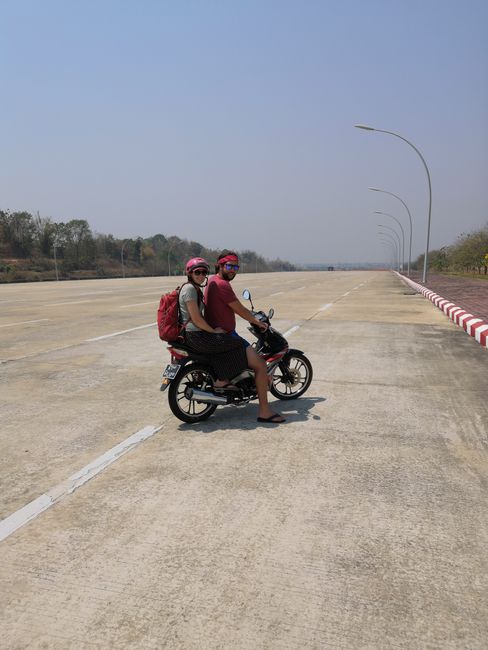
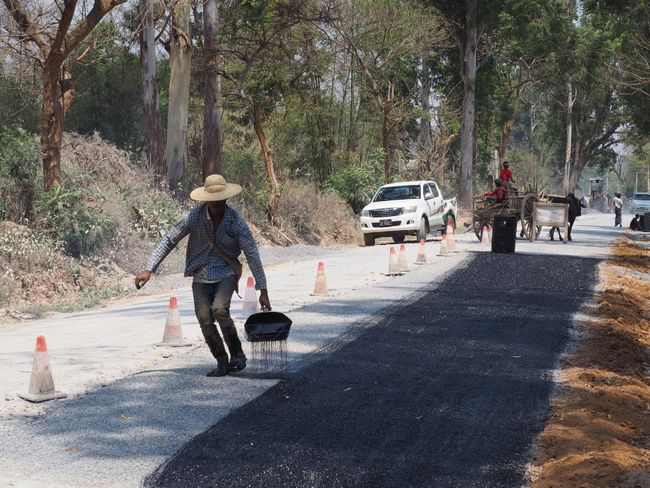
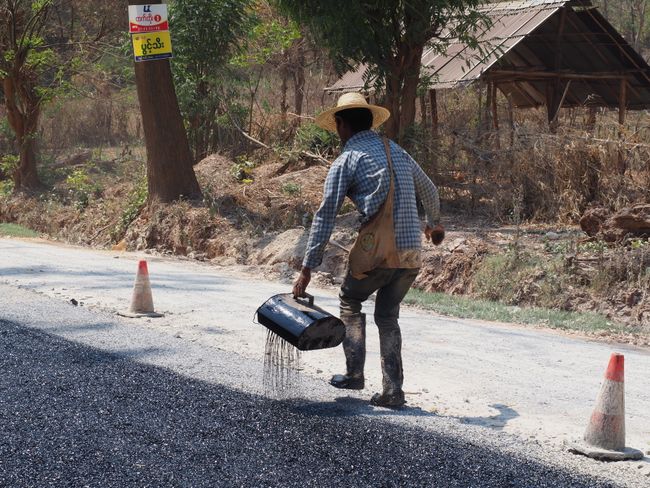
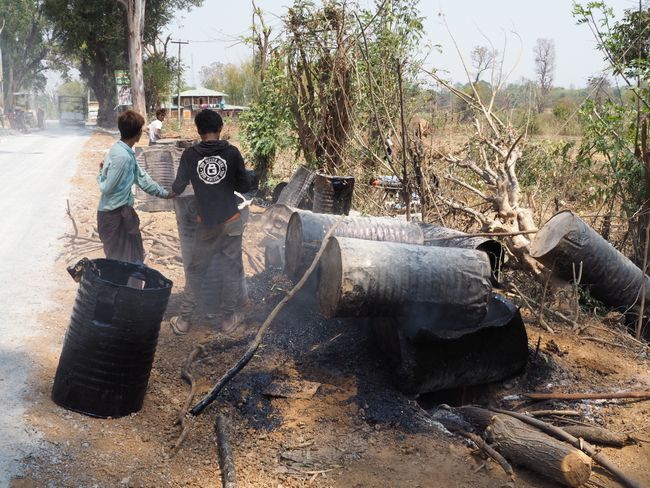
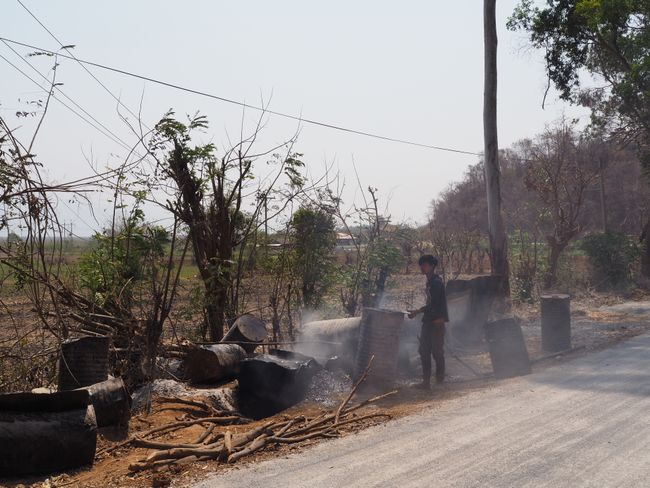
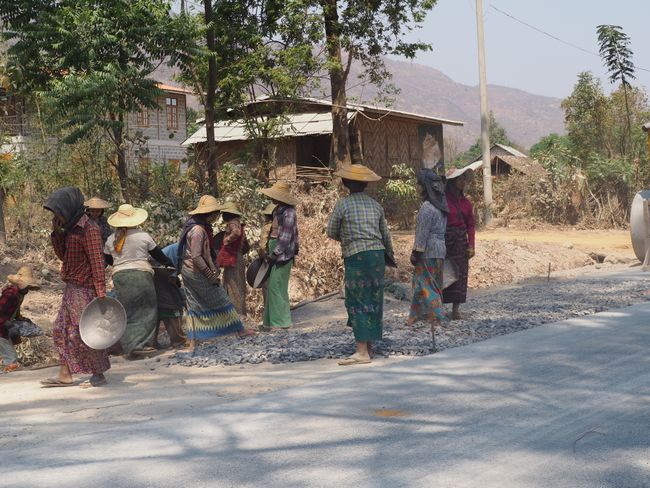
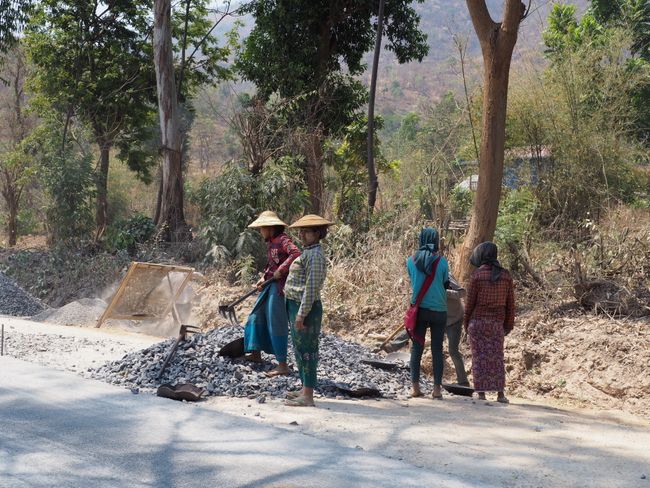
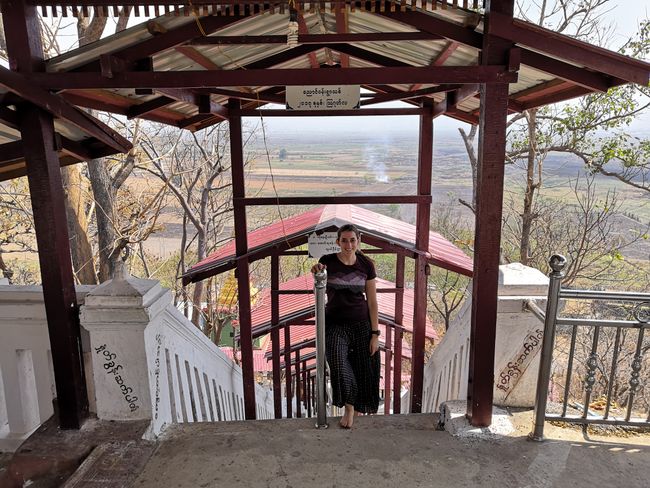
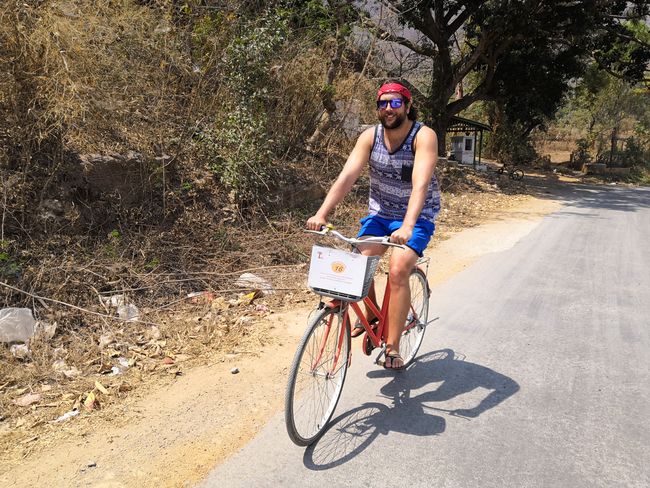
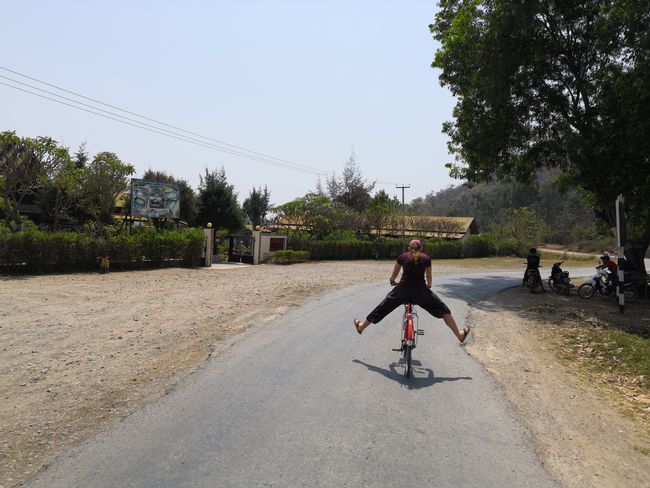
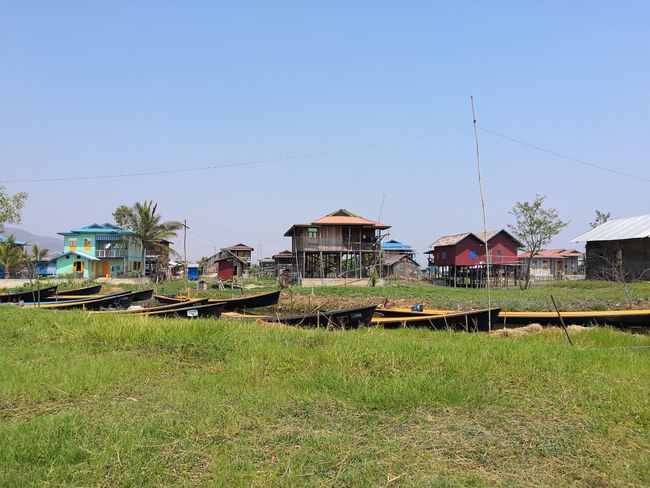
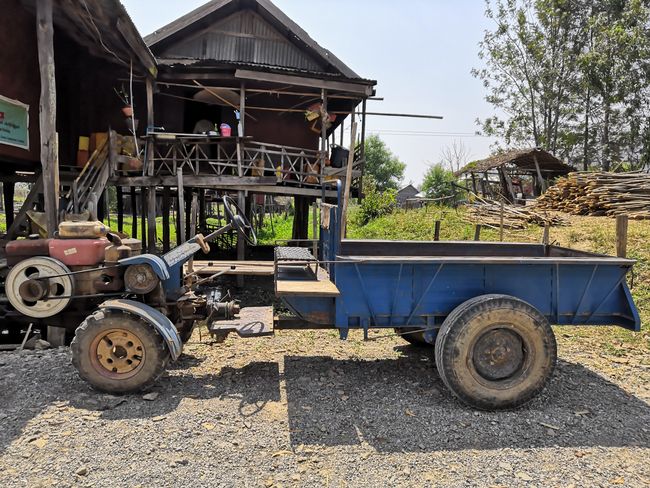
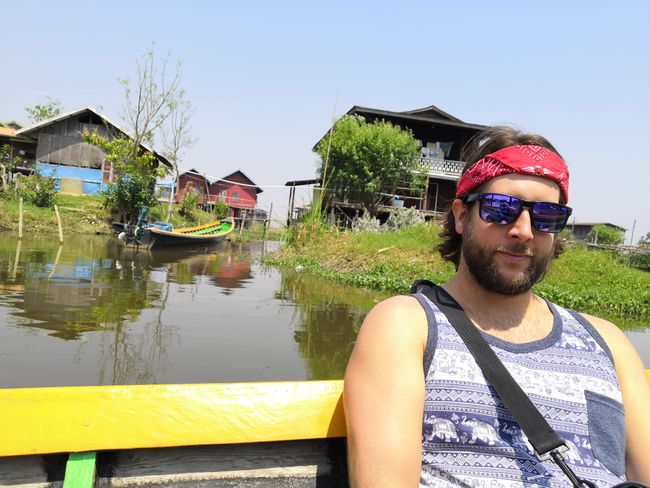
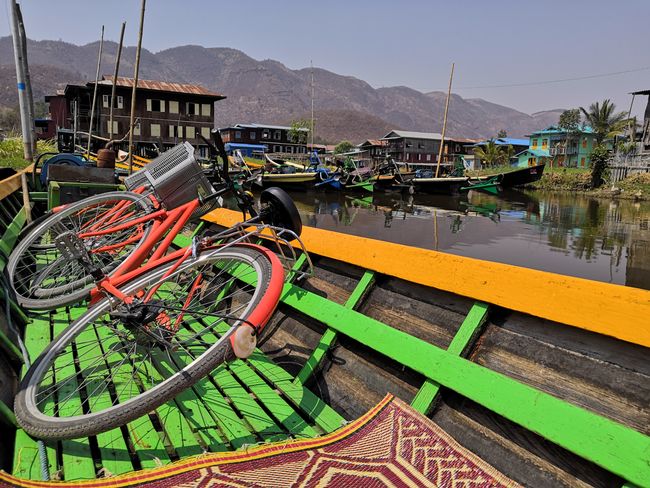
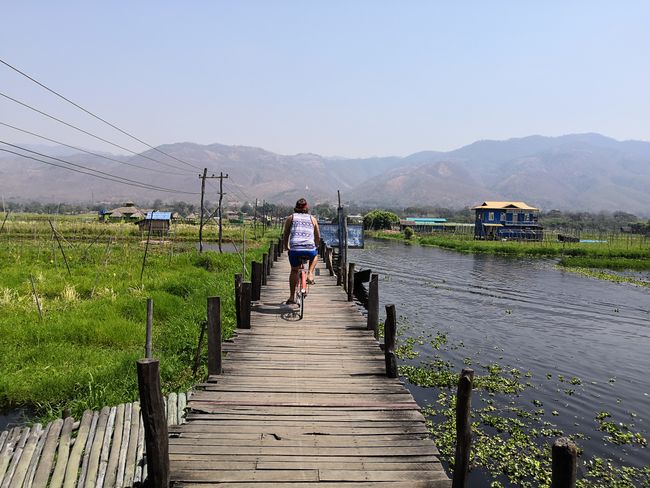
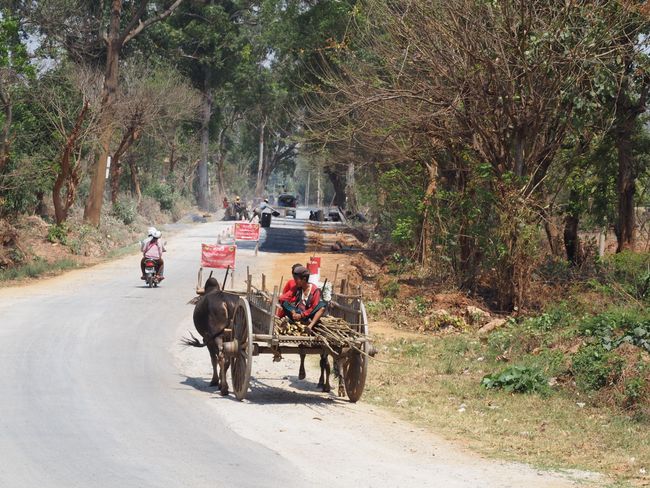
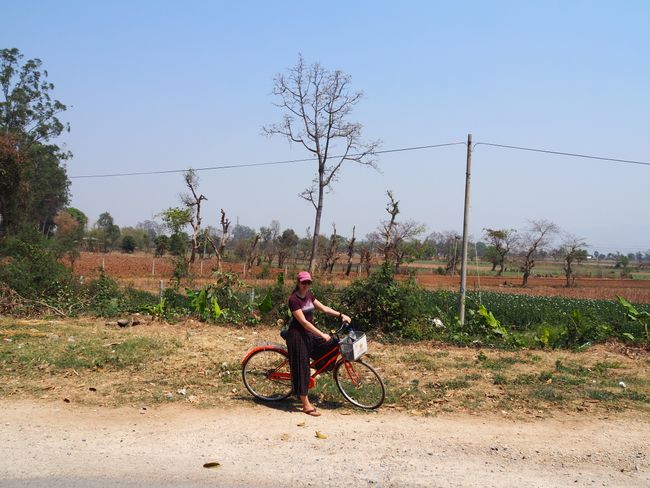
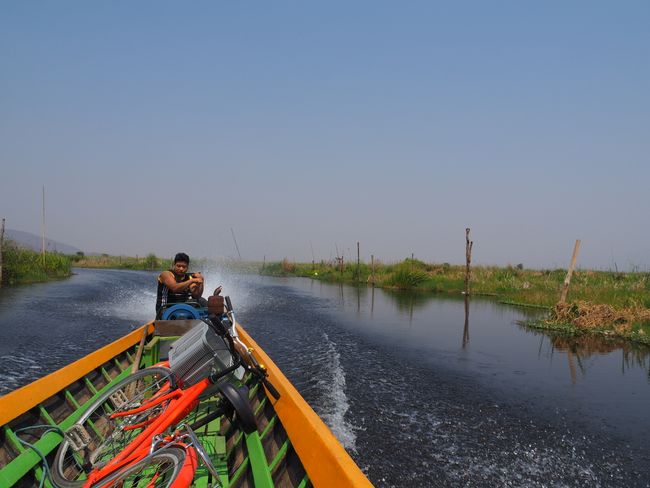
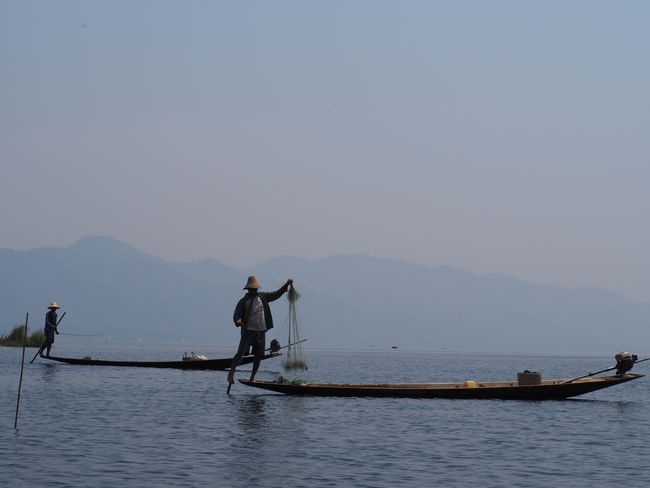
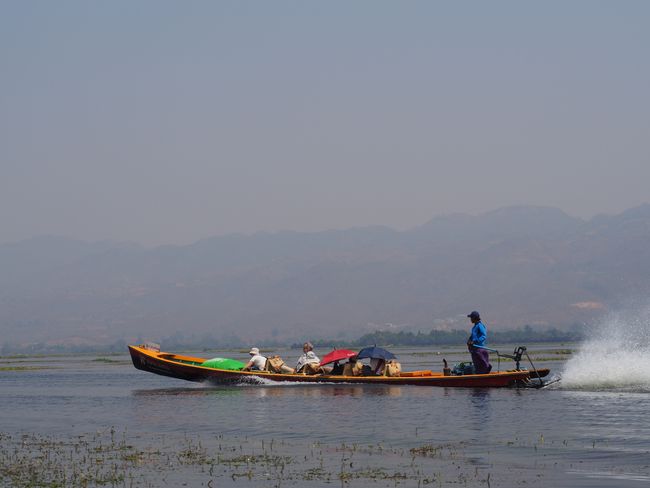
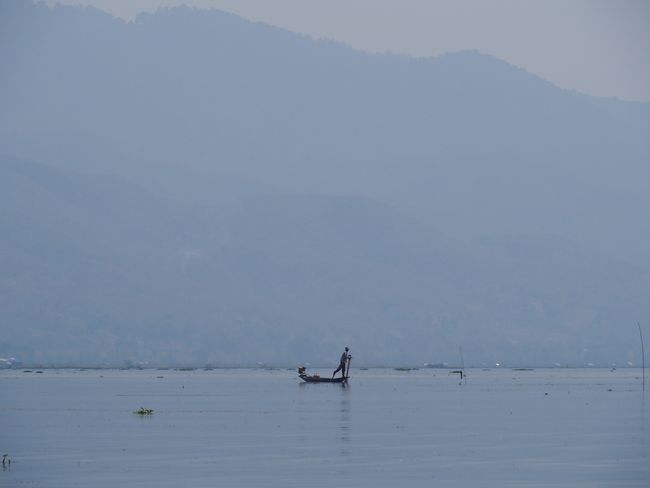
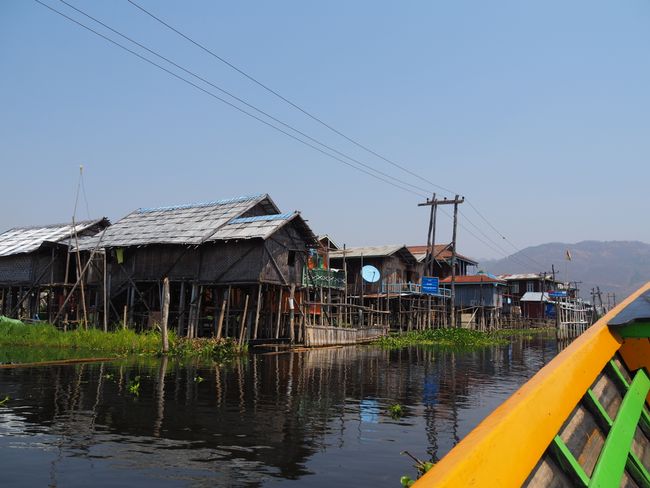
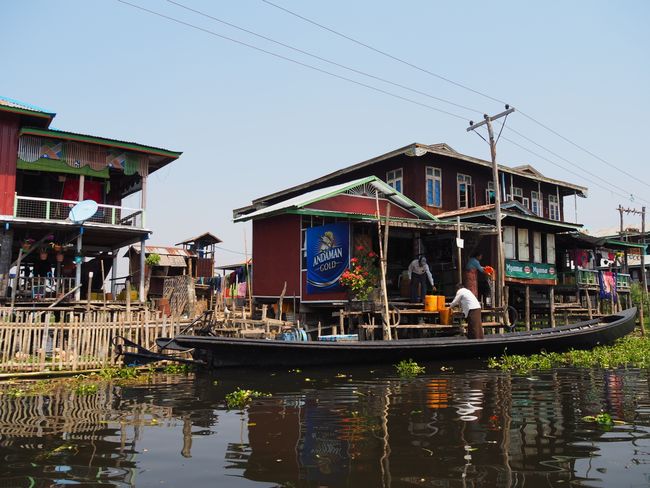
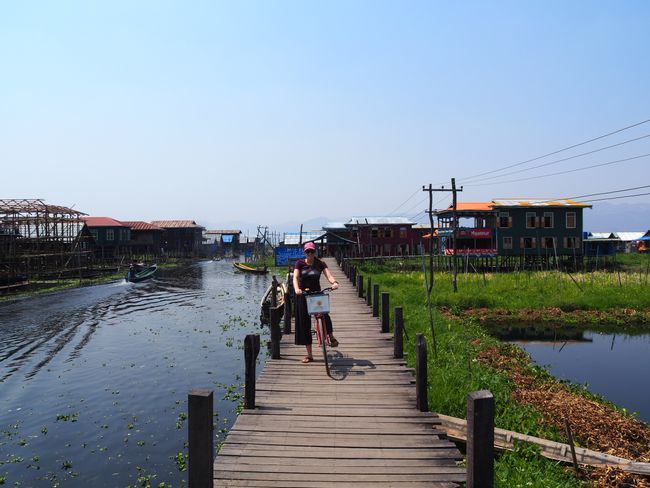
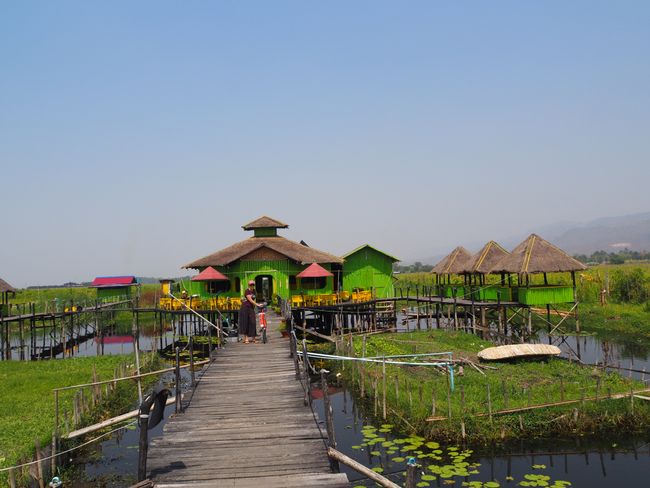
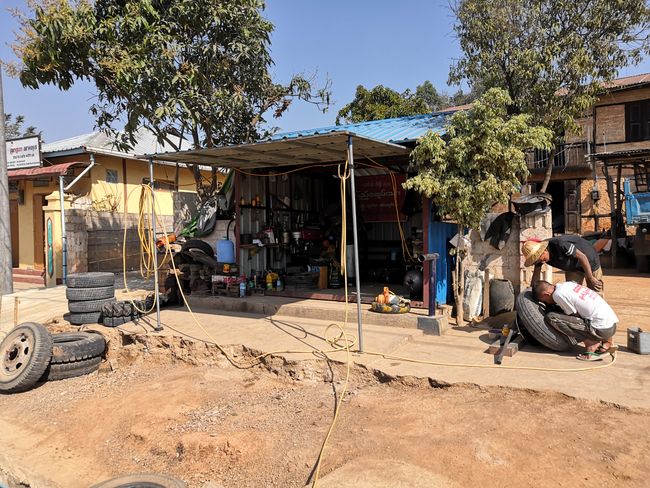
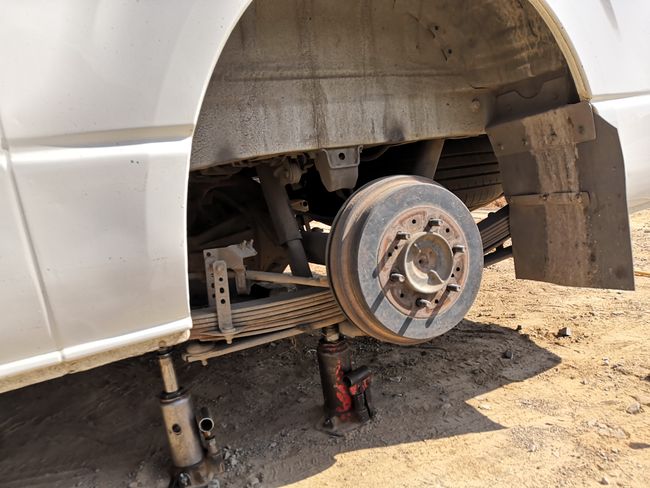
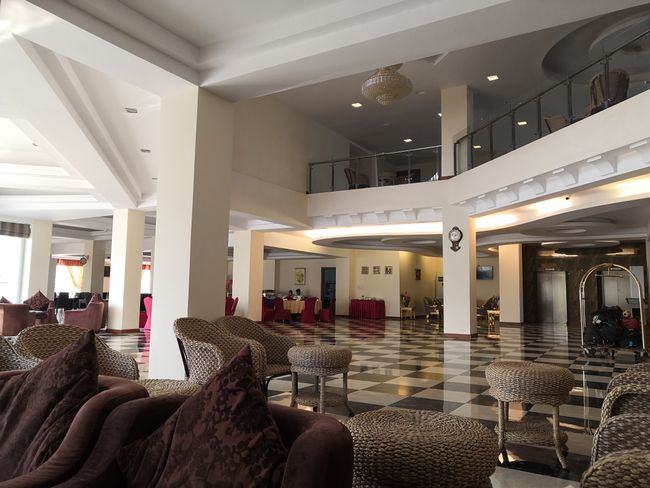
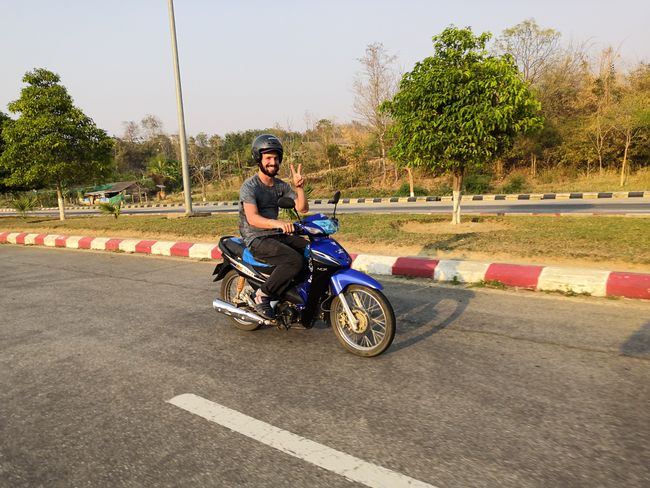
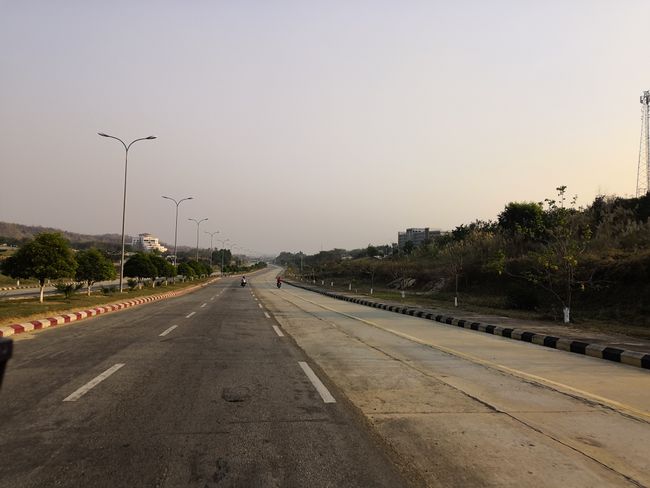
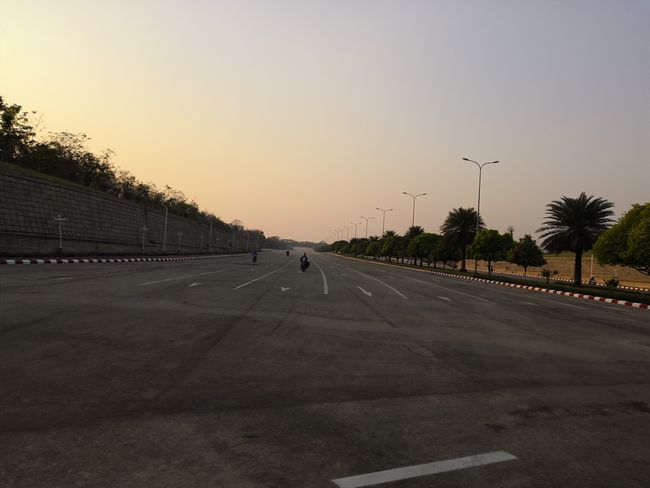
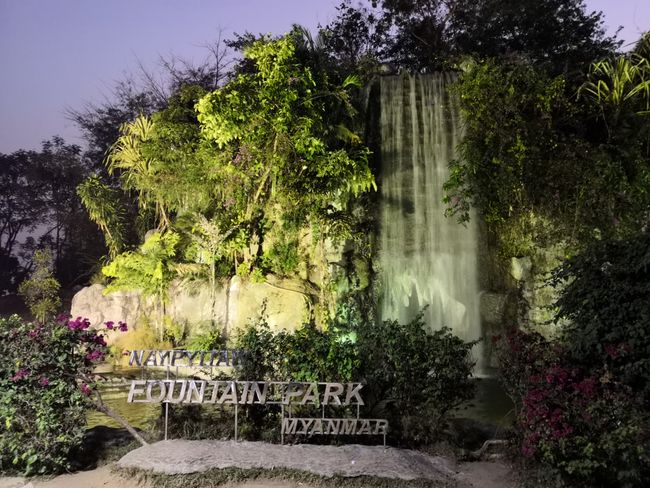
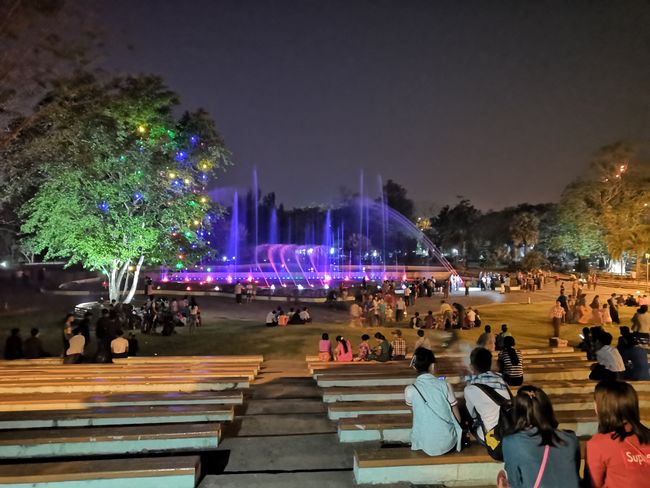
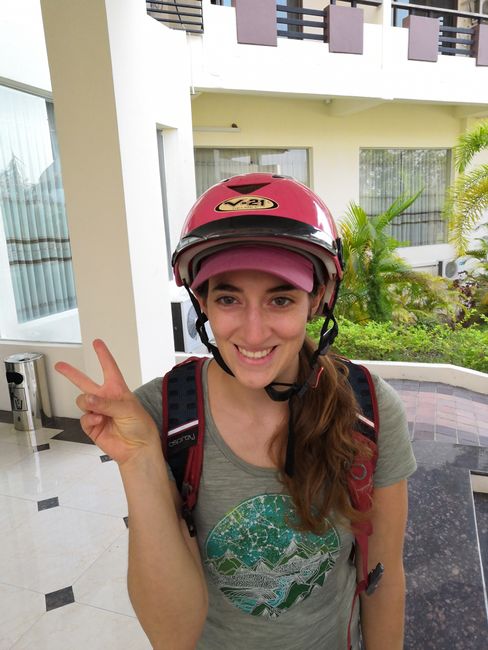
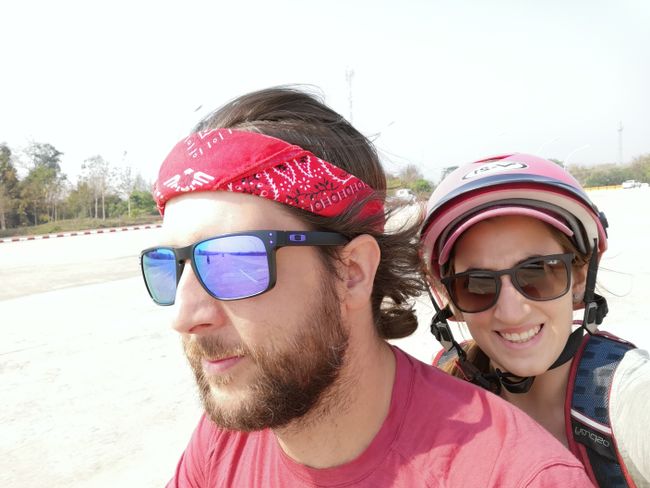
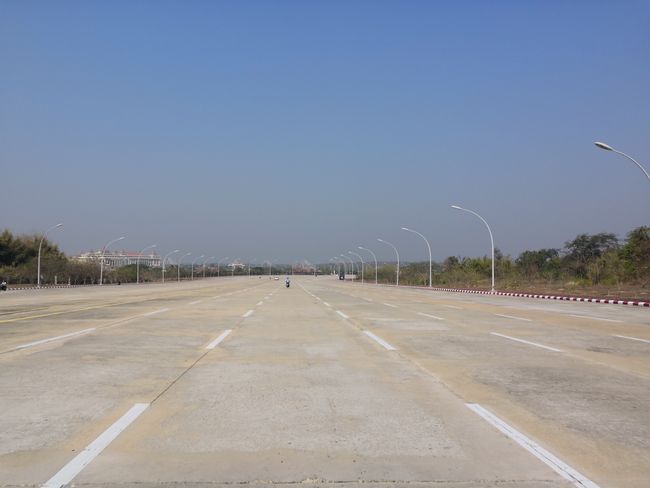
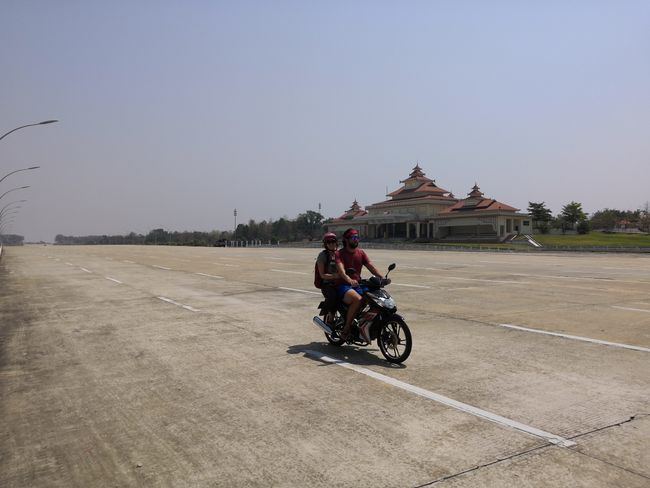
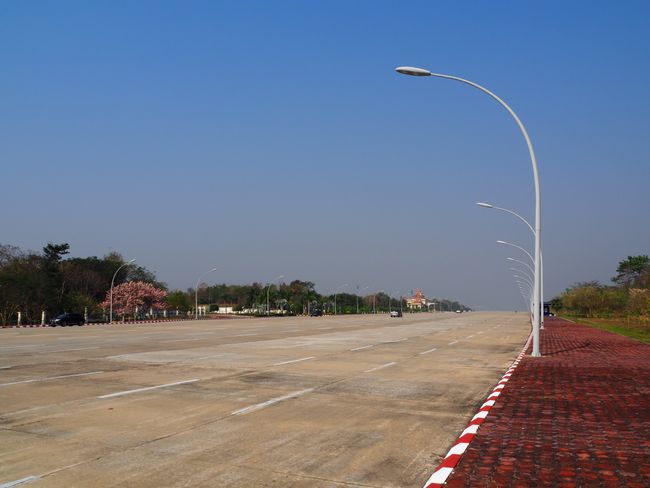
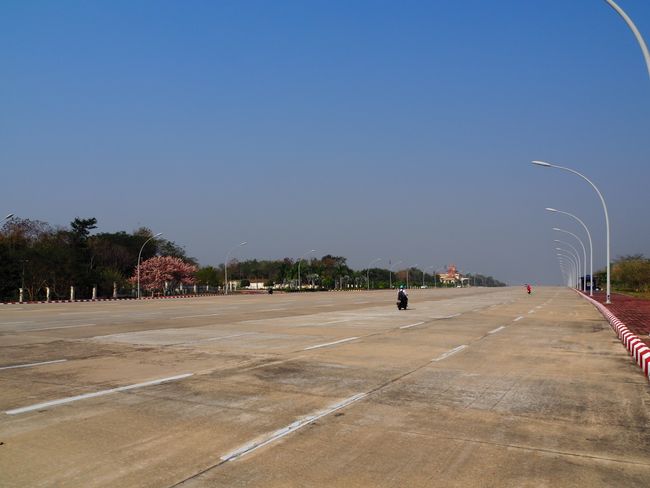
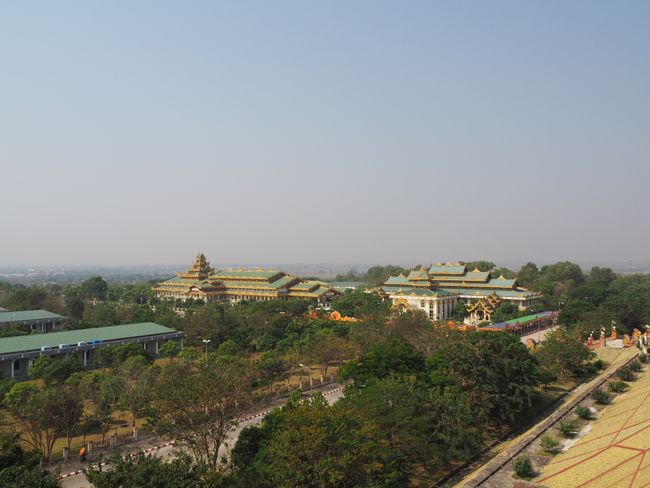
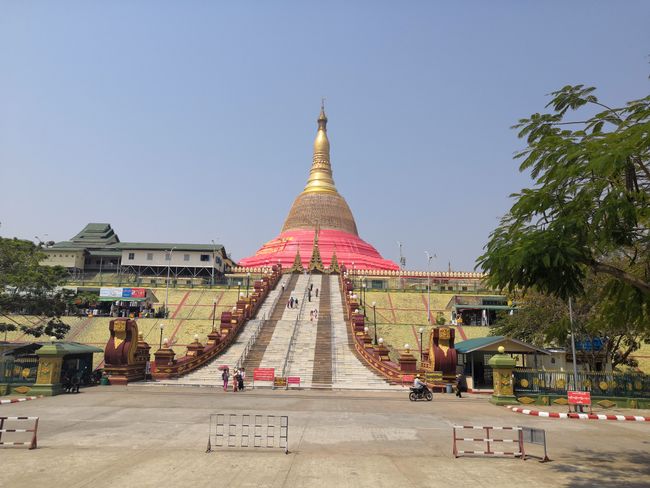
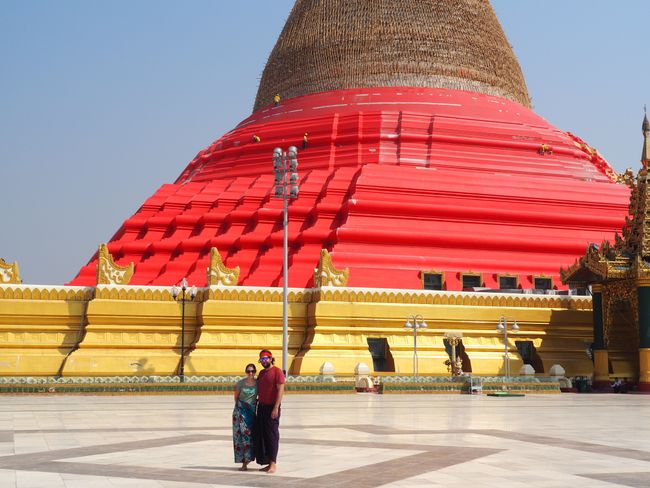
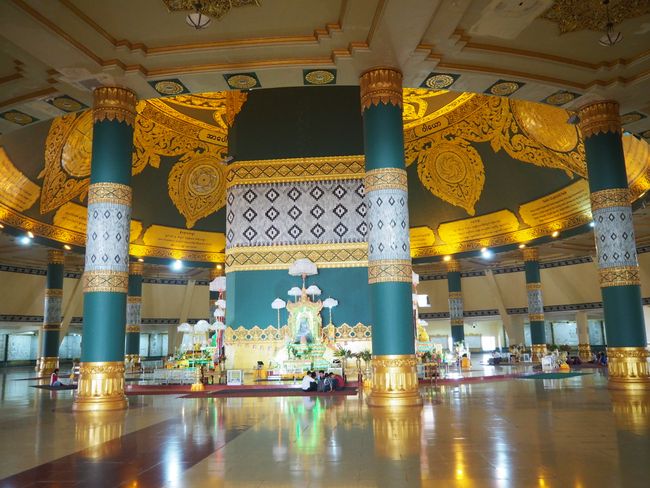
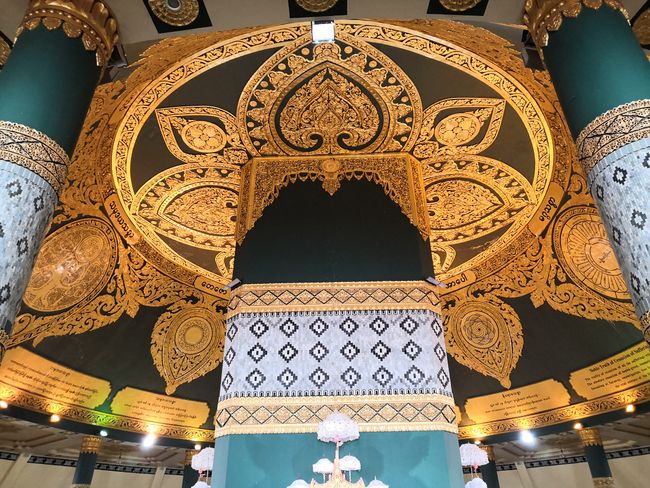
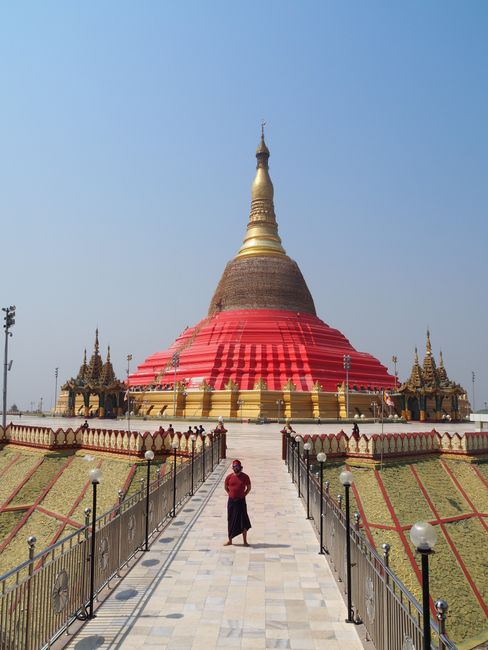
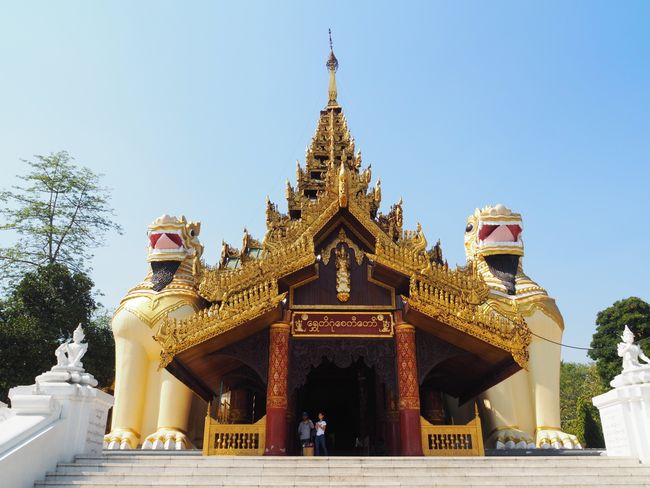
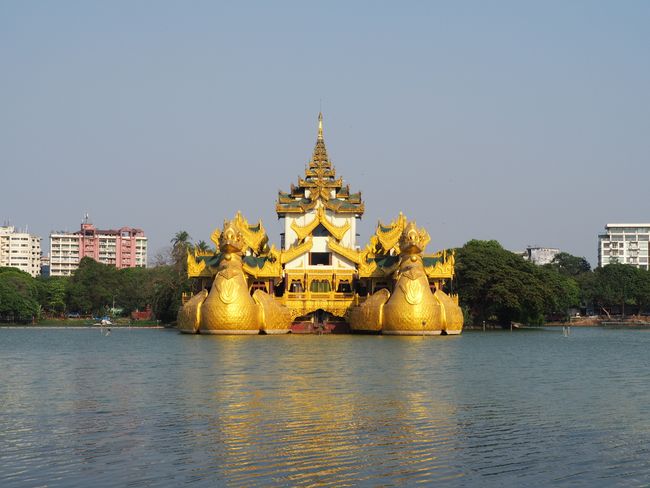
Abonner på nyhetsbrev
The journey by minibus from Hsipaw to Inle Lake made it into the top three worst and most dangerous rides on this trip. Every 30 to 60 minutes, the driver stopped to take a nap. Apparently, he was completely exhausted. Thanks to the numerous stops and a frosty interior temperature of about 16 degrees, we reached our destination at 6:00 a.m., exhausted but healthy.
Fortunately, early check-in was not a problem at the hostel, and we were able to go straight to our room. After only a few hours of sleep, we went down to the lobby. To our surprise, they served real coffee here. Because the coffee was so good and helped with fatigue, we ordered two. While our clothes spun in the washing machine, we devoured a hamburger with fries. Destroyed from the night, we spent the whole afternoon in the lobby. In the evening, we had dinner at a small traditional restaurant nearby. Around half past eight, we dragged ourselves back to the room, where we lay down and immediately fell asleep. We will probably not board a night bus or minibus again so quickly!
Well-rested and full of energy, we went on a bike tour. The hostel provided free bicycles. The bikes were not modern, but they were functional. We rode along Inle Lake to a vantage point. Below the pagoda, we parked our bikes and climbed the stairs barefoot (shoes must be taken off at holy places). Unfortunately, the view was not overwhelming. During the dry season (also known as the Burning Season), leaves and garbage are burned. The smog is massive, and visibility is limited. We continued riding and came across road workers. They were laying asphalt on a road. Fascinated - and honestly a bit shocked - we watched the workers. They worked without any protective gear and with meager resources. The process was as follows: women, and sometimes children, distributed fine sand with the help of baskets. This sand was compacted by machines. Then a layer of coarse stones followed. In the meantime, the young men heated the tar barrels, which contained hard tar, over small fires on the roadside. When the tar was hot and soft, a worker distributed it on the coarse stones using a bucket with holes. To do this, the worker walked the section of road repeatedly. We asked the male and female workers if we could take photos. They agreed - they were even pleased about it. According to our inquiries, the road workers earn between 5000 and 6000 Kyat per day (about 3-4 Swiss francs). The health damages must be immense...
After this impressive stopover, we cycled to a small village. Here, we were able to hire a boat that took us and our bikes across the lake for a few francs. For an additional franc, we made a stop at the fishermen. They have a special rowing technique - they wrap one leg around the oar so that they have both hands free. Whether this technique is still used in everyday life is very questionable. But it is maintained for tourism. On the other side of the shore, we treated ourselves to a nice Burmese meal. The way back led along a clearly more bike-friendly road, which had fewer potholes and was freshly paved. This suited our entrance bike much better.
Overall, we liked Inle Lake with its floating villages and fishermen. During the dry season, the lake shrinks significantly, so its true size is only noticeable during the rainy season. Inle Lake provides habitat for humans and animals and creates a lush green environment. Unfortunately, we didn't have enough time to observe the traditional crafts of the people. The region is known for its expensive textiles made from lotus silk.
The next day, we traveled to the capital of Myanmar together with the American we had met on the trek. The bus ride to Naypyidaw was more comfortable than the last ride in the minibus, but it also had its share of problems. After about thirty minutes, the rear tire had to be changed. Apparently, the spare tire was also broken, so it was repaired as well. Such a stop should be worthwhile. Without any further incidents, we arrived in Nayphidaw in the early afternoon.
Other travelers were not exaggerating - the journey through Naypyidaw is something special. The oversized roads are hardly occupied by vehicles, the sidewalks are deserted, and houses are not visible at first glance. Large villas, hotels, government buildings, pagodas, temples, and shops adorn the streets. Everything is extremely spread out. Everything looks extremely well maintained. The flowers are watered and trimmed with great effort. The place is actually quite nice. But where are all the people?! The city can be compared to an empty Los Angeles. Somehow creepy.
Naypyidaw was built by the government between 2003 and 2005. The city is located in the middle of Myanmar, about six hours north of Yangon. Currently, just over one million people live there - in Yangon, the former capital, there are 5.21 million. However, Nayphidaw is designed for several million people. The government's plan to simply relocate people to the newly built city has definitely not worked out.
After arrival, we checked into our hotel. The huge bunker certainly has 200 rooms, but only a handful were occupied. Everything here is oversized - completely absurd. We can't explain how the hotel owners can stay afloat. Presumably, they receive money from the government. We rented a scooter from the hotel - we had no other choice because the hotels are relatively remote - and explored the city. Given the width of the road, we felt tiny on our scooter. On all main roads, we counted four to eight lanes per direction. The numerous roundabouts were correspondingly large. There were hardly any vehicles on the road. The highway that leads to the government buildings is extremely extreme. It has ten lanes on each side and is not separated by a clearly visible median strip in the last section. So there are 20 lanes next to each other! Simply crazy!
The next afternoon, we left Nayphidaw towards Yangon. After a good six hours, the bus arrived at the bus station in Yangon. We took a taxi to our hotel. Yangon is a thriving city that offers more or less everything. Since it was 38 degrees Celsius, we limited our exploration to the Shwedagon Pagoda, the city park, and China Town. The park is not really worth seeing. The water in most lakes is more like a sewer. Presumably, the city park is more interesting in the rainy season. The Shwedagon Pagoda is impressive. However, since we had already looked at the replica of it in Nayphidaw, we decided not to pay the relatively high entrance fee. China Town is loud and chaotic like elsewhere. The dinner, various meat and vegetable skewers, was very tasty. Early in the morning, the taxi took us to the airport. We leave Myanmar happy, with thousands of impressions and memories. A few hours later, Manila welcomes us in the Philippines. The adventure continues.
Abonner på nyhetsbrev
Svar
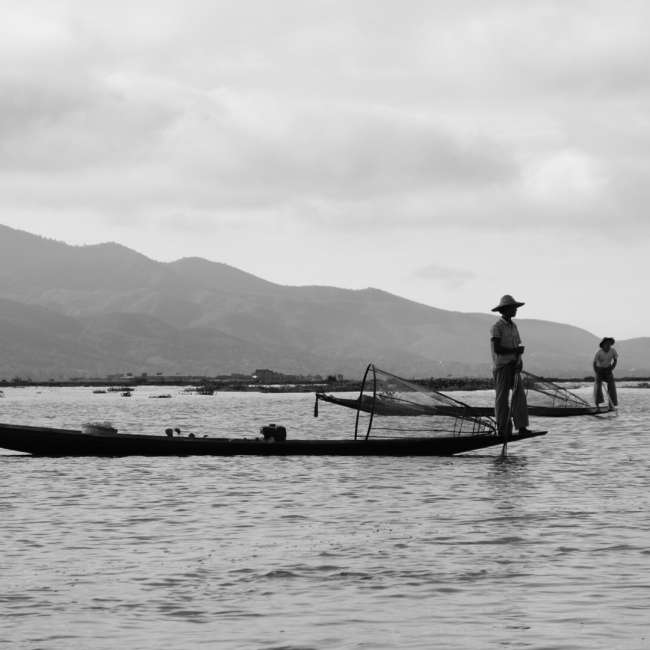
Reiserapporter Myanmar
